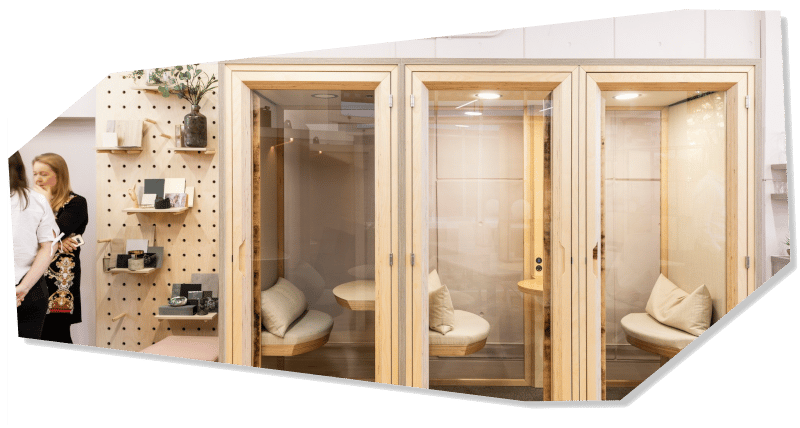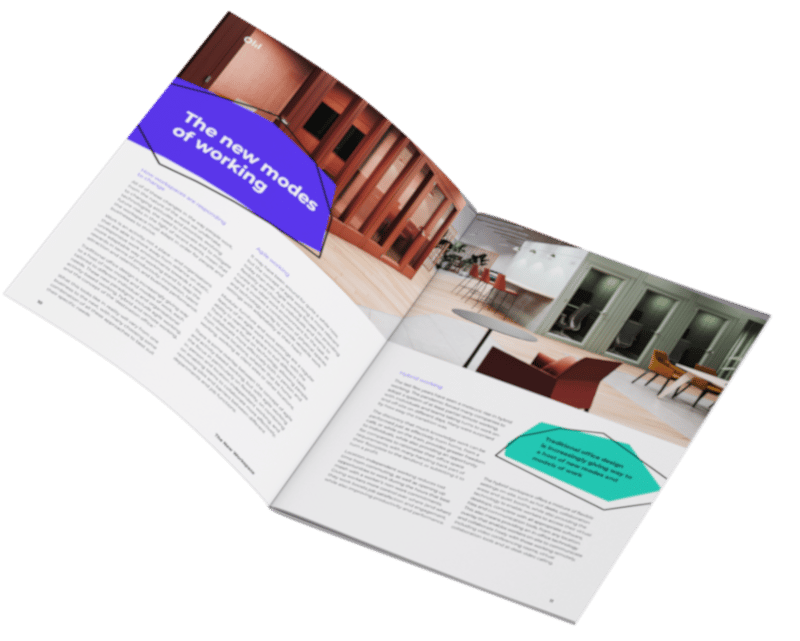Agile working is about providing choice and flexibility to workers to choose the locations, the work settings and tools that are best suited for the job. It involves a combination of space, people and technology, and is fundamentally about providing flexibility – enabling people to work when, where and how works best for them.
Successful workspaces are built on a foundation of strategy and insight.
At Office Workspace, we pride ourselves on our proven, data-driven workspace consultancy methodology that helps you determine exactly what you need from your workspace.
Find out more

